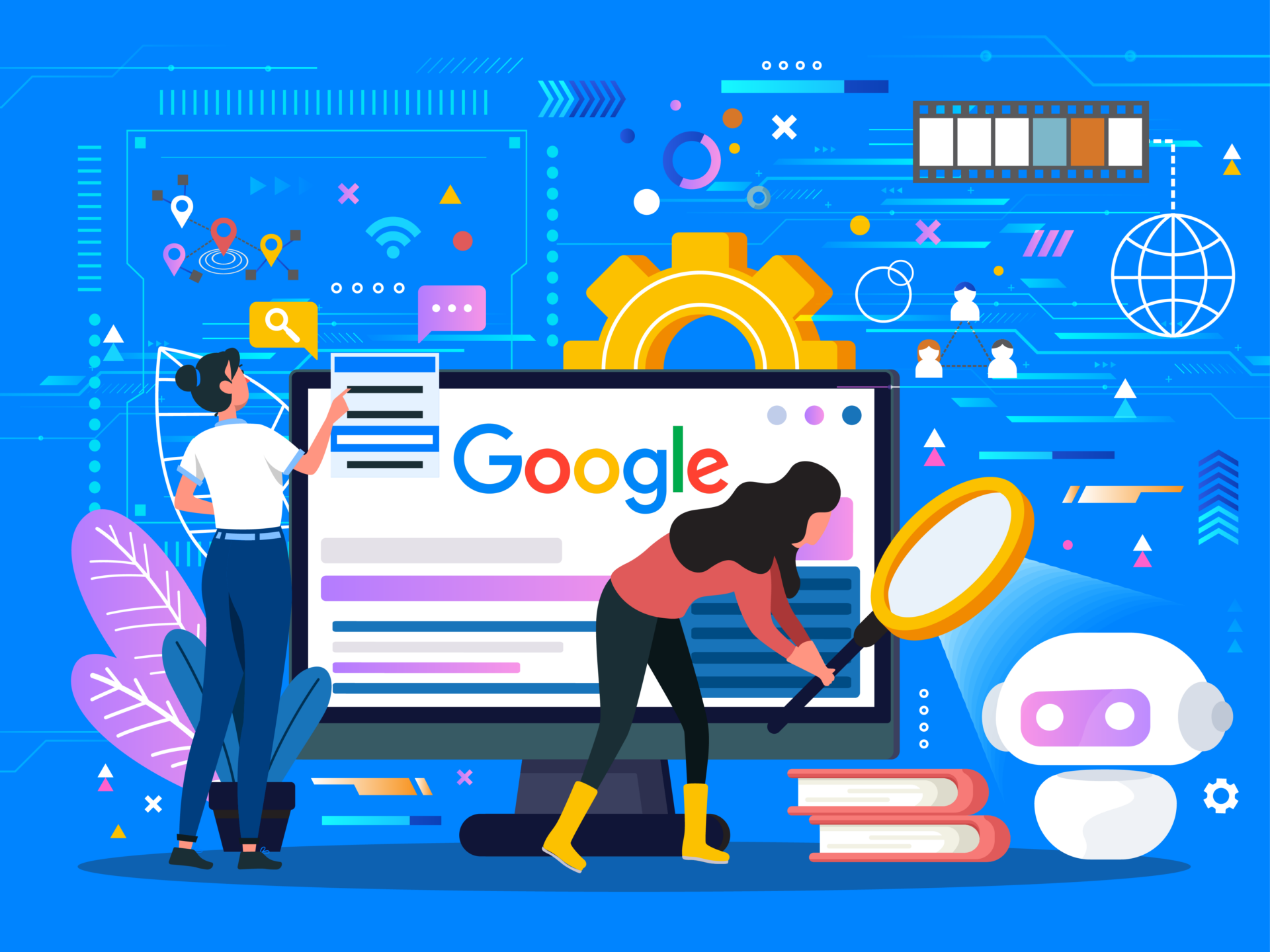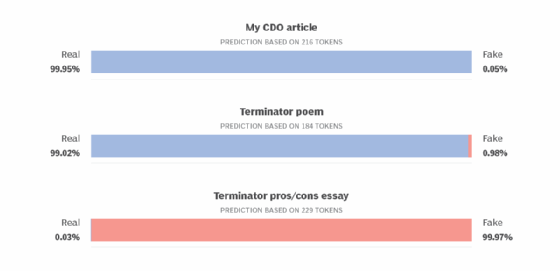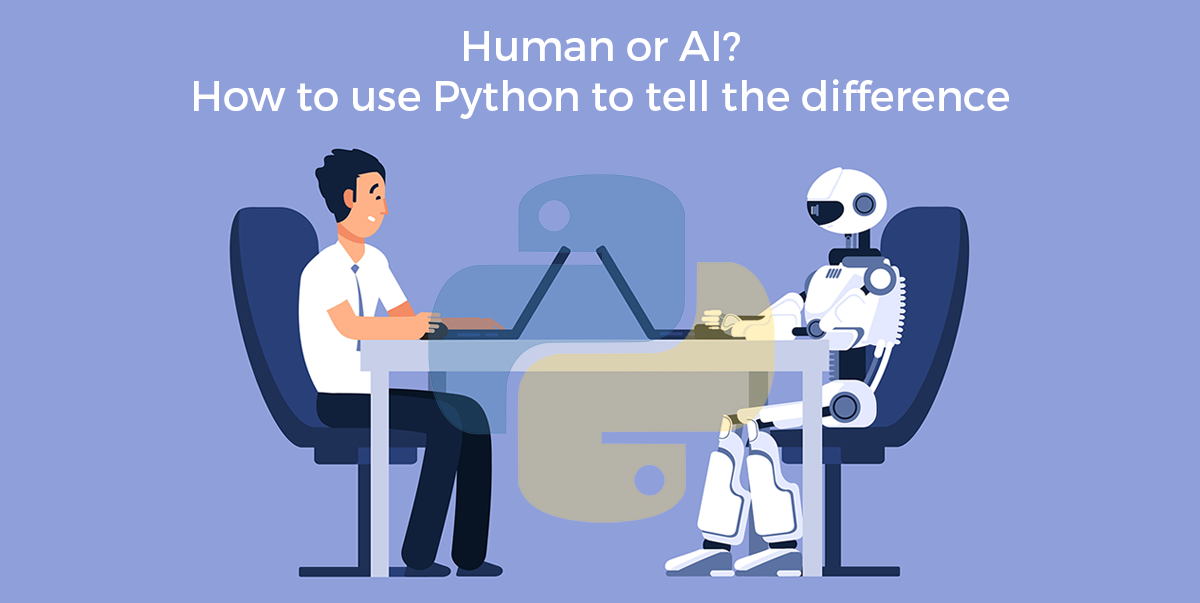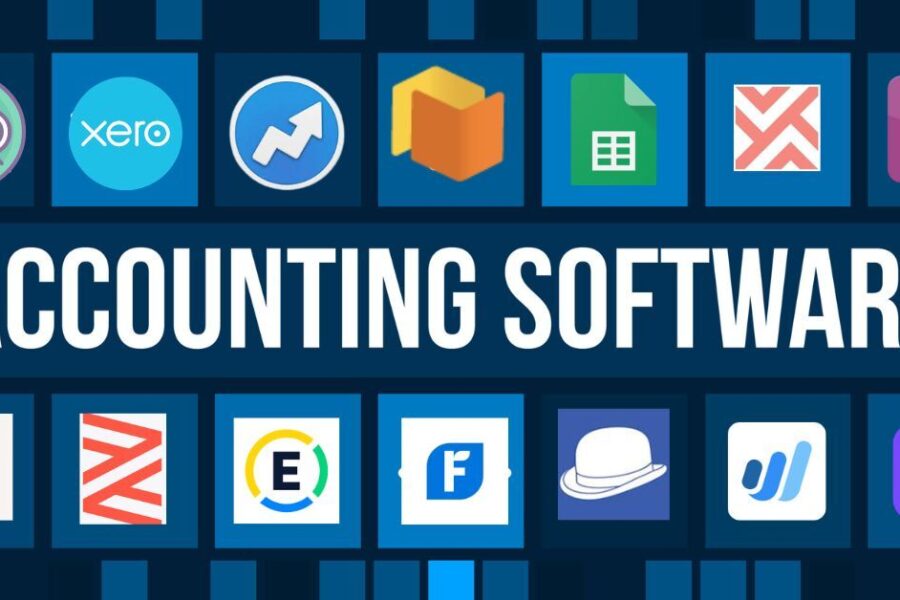To detect AI-generated content, look for repetitive phrases and lack of depth. Check for unnatural language patterns and consistency.
AI-generated content often lacks the nuanced touch of human writing. You can spot AI text by identifying repetitive phrases and unnatural language patterns. These patterns often appear because AI models generate content based on learned algorithms, not real experiences. Consistent tone and lack of emotion can also be telltale signs.
Human writers typically infuse their work with varied sentence structures and personal insights. Tools like GPTZero and Copyscape can help detect AI-written content. Observing these indicators ensures content authenticity.
Common Characteristics
AI-generated content often shows telltale signs. Recognizing these characteristics helps identify AI content easily. Below are some common features to look out for.
Language Patterns
AI content often uses formal language. It lacks the natural flow of human conversation. Sentences may be overly structured. They might seem robotic. AI can also struggle with idioms and slang.
Here are some typical language patterns:
- Overly formal tone
- Perfect grammar and punctuation
- Lack of contractions
- Awkward phrasing
Repetitive Phrases
AI-generated text often repeats phrases. This happens because AI models use training data. They might reuse common phrases more often than humans.
Look for these signs of repetition:
- Same phrases appear multiple times
- Repeated sentence structures
- Echoes of earlier paragraphs
| Human Content | AI Content |
|---|---|
| Varied sentence structures | Repetitive sentence structures |
| Natural flow of ideas | Stilted or robotic flow |
| Uses idioms and slang | Avoids idioms and slang |

Credit: seo-hacker.com
Style Analysis
Detecting AI-generated content often involves analyzing the writing style. Style analysis helps identify patterns and inconsistencies. This section will focus on tone and voice consistency.
Formal Vs. Informal Tone
AI content can switch between formal and informal tones unexpectedly. For example, a formal tone uses complex words and longer sentences. An informal tone includes slang and short sentences.
| Formal Tone | Informal Tone |
|---|---|
| Utilizes sophisticated vocabulary. | Uses simple, everyday words. |
| Long, detailed sentences. | Short, direct sentences. |
| Professional and objective. | Casual and subjective. |
Look for abrupt changes in tone. This inconsistency often hints at AI-generated text.
Consistency In Voice
Human writers maintain a consistent voice. AI-generated content may lack this. The voice can shift between different styles within the same text.
- Check for uniformity in sentence structure.
- Observe the use of personal pronouns.
- Look for consistent emotional tone.
Inconsistent use of these elements can signal AI involvement.
Technical Methods
Detecting AI-generated content is crucial for ensuring authenticity. Technical methods offer precise ways to identify machine-created text. These approaches use advanced techniques, including algorithmic analysis and machine learning tools.
Algorithmic Analysis
Algorithmic analysis involves examining the structure of the content. Algorithms can spot patterns unique to AI-generated text.
Key features analyzed include:
- Sentence Structure: AI often uses repetitive patterns.
- Vocabulary: Limited and unnatural word choices.
- Consistency: Uniformity in tone and style.
These features help algorithms flag AI-generated content. Human writers show more variation in style and word choice.
Machine Learning Tools
Machine learning tools can detect AI-generated content with high accuracy. These tools train on large datasets of human and AI text.
Popular tools include:
| Tool | Description |
|---|---|
| GPTZero | Identifies AI text using deep learning models. |
| OpenAI’s GPT-3 Detector | Scans for patterns specific to GPT-3 generated content. |
Machine learning tools offer real-time analysis. They can process large volumes of text quickly. This makes them ideal for content moderation and verification.

Credit: www.techtarget.com
Human Review
Human review is crucial for detecting AI-generated content. While technology can help, human intuition and expertise are invaluable. Experts and crowdsourced evaluations provide the best human insights.
Expert Insights
Experts can spot AI-generated content through specific patterns. They look for:
- Consistency in writing style
- Logical flow of ideas
- Authenticity of the voice
AI often lacks a consistent voice. Experts are trained to notice these small details. They can also identify unusual word choices and phrases.
| Criteria | Human Writing | AI Writing |
|---|---|---|
| Style Consistency | Consistent | Inconsistent |
| Logical Flow | Natural | Sometimes Random |
| Voice Authenticity | Authentic | Mechanical |
Crowdsourced Evaluation
Crowdsourced evaluations involve many people reviewing content. This method leverages the power of the crowd. It helps detect AI-generated content effectively.
Benefits of crowdsourced evaluations:
- Diverse perspectives
- Higher accuracy
- Faster results
People from different backgrounds contribute to the evaluation. This diversity enhances the detection process. It ensures that various anomalies are spotted.
Platforms like Amazon Mechanical Turk and Upwork can be used. They allow you to gather a large pool of reviewers quickly.
Human review remains essential in detecting AI-generated content. Expert insights and crowdsourced evaluation offer powerful tools. These methods ensure that AI-generated content is identified accurately.
Practical Tips
Detecting AI-generated content can be tricky. But with some practical tips, you can easily spot it. These tips will help keep your content authentic and human-like.
Check For Errors
AI tools often make errors. These errors include:
- Grammar mistakes
- Spelling errors
- Punctuation issues
Check for grammar mistakes. AI can mess up complex sentences. Use tools like Grammarly to spot these errors quickly.
Look for spelling errors. AI might misspell words that sound similar. For example, “there” instead of “their”. Always double-check these words.
Watch for punctuation issues. AI might miss commas or periods. Incorrect punctuation can make sentences hard to read.
Look For Unnatural Phrasing
AI-generated text might sound odd. Look for unnatural phrasing. AI sometimes overuses certain words or phrases. This can make the text repetitive.
Check for lack of flow. Human writing flows smoothly. AI might create sentences that feel choppy. This breaks the reader’s engagement.
Spot inconsistent tone. AI can shift tones without notice. Human writers usually maintain a consistent tone throughout.
| Human Writing | AI Writing |
|---|---|
| Natural flow of sentences | Choppy or repetitive text |
| Consistent tone | Inconsistent tone |
| Few grammar errors | Frequent grammar mistakes |
Ethical Considerations
Detecting AI-generated content comes with several ethical considerations. These considerations impact how we use and manage digital content. Understanding these aspects ensures responsible usage and maintains trust.
Privacy Concerns
Privacy is a major issue with AI-generated content. AI tools often use data scraped from various sources, which may include personal information. Using such data raises significant privacy concerns. For instance, AI might inadvertently generate content that includes sensitive information.
To protect privacy, always verify the data sources used by AI tools. Ensure they comply with data protection laws. Avoid using AI-generated content that contains identifiable personal details.
Fair Use Policies
Fair use policies are crucial in the realm of AI content. AI-generated content often uses existing works to create new material, raising questions about copyright and intellectual property. Adhering to fair use policies is necessary to avoid legal issues.
Here is a table summarizing key aspects of fair use:
| Aspect | Description |
|---|---|
| Purpose | Use content for educational or transformative purposes. |
| Nature | Prefer using factual works over creative ones. |
| Amount | Use only a small portion of the original work. |
| Effect | Avoid impacting the market value of the original work. |
Following fair use policies ensures responsible use of AI-generated content.
Future Trends
The future of detecting AI-generated content is exciting. With rapid advancements, new methods will emerge. Staying updated with these trends is crucial. Below, we discuss some of the major trends.
Advancements In Ai
AI technology is evolving at a fast pace. New algorithms are being developed. These algorithms create more human-like content. Deep learning models are improving as well. They understand and mimic human writing better.
Natural Language Processing (NLP) is becoming more sophisticated. This makes it harder to spot AI-generated text. AI can now understand context and tone. This helps it produce more realistic content.
Evolving Detection Techniques
As AI improves, detection methods must also advance. Machine learning helps create better detection tools. These tools can analyze text for AI patterns.
Linguistic analysis is another evolving technique. It examines the structure and style of the text. This helps identify non-human writing.
Blockchain technology may also play a role. It can track the origin of content. This ensures the authenticity of the text.
Below is a table showcasing some future trends in AI and detection techniques:
| Future Trends | Description |
|---|---|
| Deep Learning Models | More human-like content generation |
| NLP Advancements | Better understanding of context and tone |
| Machine Learning Detection | Advanced tools for spotting AI patterns |
| Linguistic Analysis | Examines text structure and style |
| Blockchain Technology | Tracks content origin for authenticity |

Credit: traveltractions.com
Frequently Asked Questions
What Is Ai-generated Content?
AI-generated content is text produced by artificial intelligence algorithms. These algorithms use machine learning to create human-like text. They can generate articles, blog posts, and more. AI tools like GPT-3 are commonly used for this purpose.
How Can You Detect Ai Writing?
Detecting AI writing involves analyzing text patterns, inconsistencies, and unnatural phrasing. Tools like AI content detectors can help. Human review is also crucial. Look for repetitive sentences or lack of depth.
Are There Tools To Identify Ai Content?
Yes, several tools can identify AI-generated content. Examples include GPTZero, OpenAI’s detector, and Turnitin. These tools analyze text for patterns and anomalies. They help differentiate between human and AI-generated text.
Why Is Detecting Ai Content Important?
Detecting AI content ensures authenticity and credibility. It prevents misinformation and plagiarism. For businesses, it maintains content quality. For education, it ensures academic integrity. Accurate detection is vital for trust.
Conclusion
Detecting AI-generated content is crucial for maintaining authenticity. Use the tips shared to spot AI patterns easily. Stay vigilant and update your detection methods regularly. By doing so, you ensure quality and credibility in your content. Keep learning and adapting to stay ahead in the ever-evolving digital landscape.






Leave a Comment